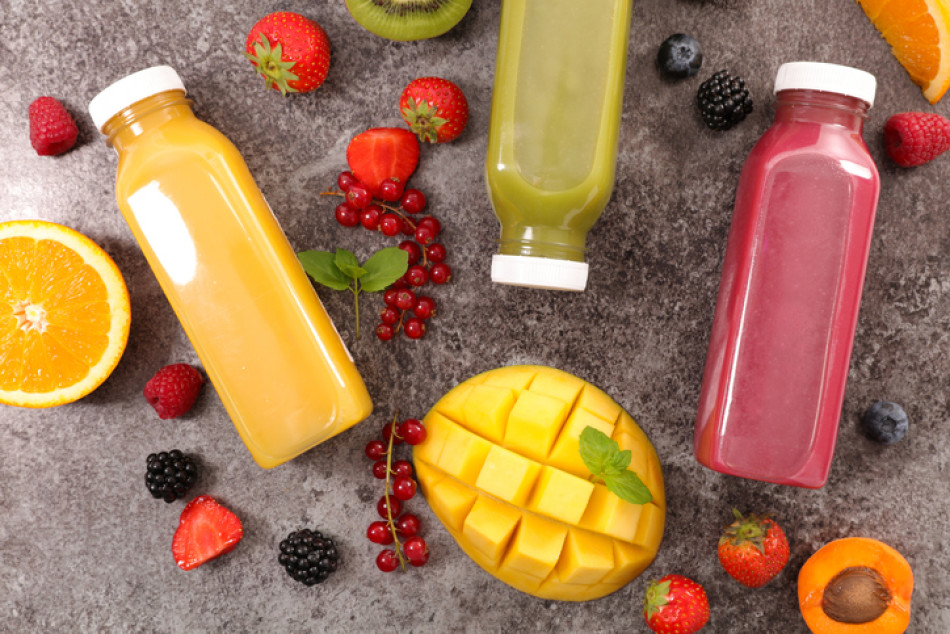Benefits of different fruit polyphenols

Benefits of different fruit polyphenols
1 min read
Bioactive substances in fruits, like polyphenols and carotenoids, are designed to provide the plants with natural protection from predators and microorganisms. However, they can also provide health benefits for humans who consume them.
Different fruits and their respective juices have different nutritional profiles. While all fruit juices are packed with vitamin C, which supports normal immunity and limits oxidative stress, some are known for their specific bioactive compounds.
What’s more, there’s evidence that consuming these fruits in juice form could make their bioactives more easily available for absorption in the gut. This is because the digestive system doesn’t need to break down the structure of the fruit and its cells to get to the good stuff. So, a daily serving of 100% fruit juice can complement your recommended 5-a-day of whole fruit and vegetables.
Here are just a handful of the health benefits we may obtain from polyphenols, and which fruit juices contain them. To benefit from the full spectrum of polyphenols, mix it up with at least five servings of whole fruit and vegetables, plus one glass of 100% fruit juice, each day of the week.
Polyphenols and their proposed health benefits | Suggested source |
Hesperidin for cardiovascular and metabolic health[1] and carotenoids for protecting DNA against oxidative damage[2] | Orange juice |
Naringin for lower risk of obesity and metabolic syndrome[3] | Grapefruit juice |
Flavan-3-ols/procyanidins and quercetin for reducing the risk of coronary artery disease, asthma and type 2 diabetes[4] | Apple juice |
Anthocyanins for protecting DNA against oxidative damage[5] | Berry juice |
Anthocyanins for reducing risk of type 2 diabetes and stroke[6] | Pear juice |
Proanthocyanins, anthocyanins, and flavonols for supporting cognitive function and blood pressure regulation, and improving blood flow to the brain[7] | Cherry juice |
[1] Kim, J. et al. (2019). https://www.ncbi.nlm.nih.gov/pmc/articles/PMC6952680/
[2] 2021 UK Authorised Nutrition Health Claims
[3] Alam, M. et al. (2014). https://www.ncbi.nlm.nih.gov/pmc/articles/PMC4085189/
[4] Hyson et al. (2011). https://pubmed.ncbi.nlm.nih.gov/22332082/
[5] Bakuradze, T. et al. (2019). https://www.tandfonline.com/doi/full/10.1080/10715762.2019.1618851
[6] Reiland, H. et al. (2015). https://www.ncbi.nlm.nih.gov/pmc/articles/PMC4657810/
[7] Chai, S. et al. (2019). https://pubmed.ncbi.nlm.nih.gov/31287117/
